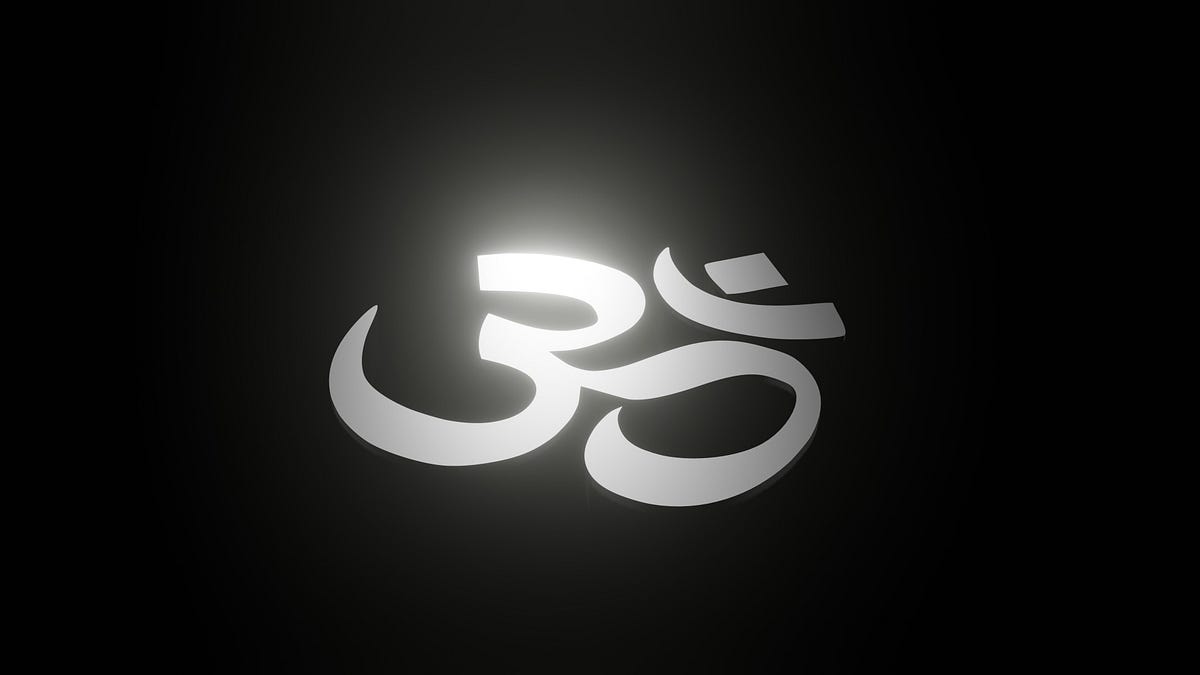
Mantra is an instrument of the mind to enter a deep meditative state.
The word mantra comes from two Sanskrit words — ‘man,’ meaning the mind, and ‘tra’, meaning tool.
It’s the science of using powerful sounds and vibrations to still the mind. Most religions and cultures have some version of mantras in their tradition.
Mantras are especially beneficial for those with difficulty sitting still, focusing on their breath, or observing their thoughts during meditation.
Three ways to chant mantras:
#1. Japa (chanting aloud)
This includes listening to mantras, singing, or dancing to them. This can be done alone or in a group, while working or in a focussed way.
It’s believed that we can absorb up to a third of vibrations while chanting aloud with focus.
#2 Ajapa (chanting silently)
In this practice, you start with chanting aloud for a few minutes and then gradually move into silent chanting.
This requires more focused and dedicated practice and should be taken up after practicing loud chanting for a few weeks.
It’s believed to be twice more effective than Japa. The Transcendental Meditation (TM) that the Beatles learned in India is based on this technique.
#3 Kriya (inner activity)
This practice combines mantras with yoga asanas and pranayamas for a deeper meditative experience.
This is a relatively new practice, which comes from Kriya Yoga. It can be used to purify the mind, protect the pranic energy, and protect the chanter from distractions.
The best place to start for most beginners is “AUM” chanting.
AUM is the universal sound with a frequency of 432 MHz. The three syllables A, U, and M represent the three forces of the universe — Generation, Operation, and Destruction, respectively.
To practice, sit comfortably with an erect spine, gently close your eyes, and place your hands on your knees with the thumb and index fingertips touching each other.
Take a deep inhale and start chanting A (aaa) with the lips forming a circle, then move on to U (ooo) with the lips forming an oval shape, and then M (mmm) with lips closed.
Chant the three syllables A, U, and M for roughly a third of your exhalation.
You can also begin by creating your own mantra in the form of a positive affirmation.
Gradually, you should move on to ancient mantras designed based on the principles of Nada Yoga (union through sounds). When chanting different types of mantras, the tongue strikes different areas of the mouth and activates various energy centres in the subtle body.
Traditionally, a mantra is given to a student by their teacher or master (Guru) during initiation.
In the absence of a teacher, you can try a couple of mantras to find what resonates with you and stick with it for long enough that it starts creating an aura around you. Once you’ve practiced it enough, the moment you recite or remember it, the mind will be still instantly.
With consistent practice, mantras can even heal the most disturbed mind.
Hi, I’m Harsh. I’m a meditation & yoga teacher. Here to spread consciousness through words and practices.
If you found this story insightful, subscribe to receive more such insights on yoga and meditation directly in your inbox every time I publish.
You can also connect with me on Twitter.
More stories from the author: